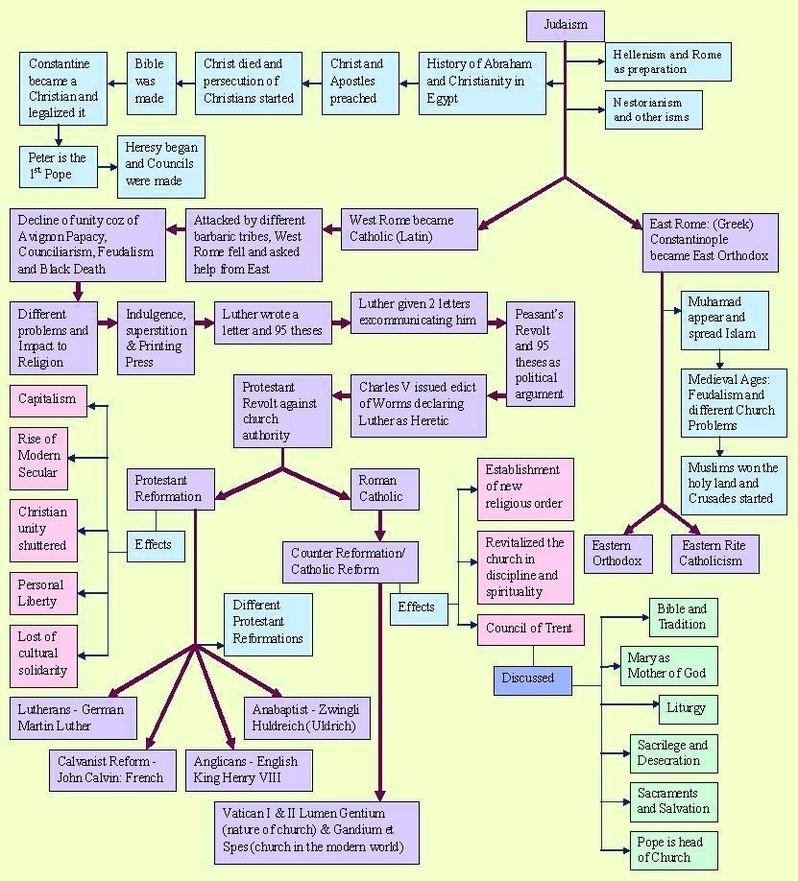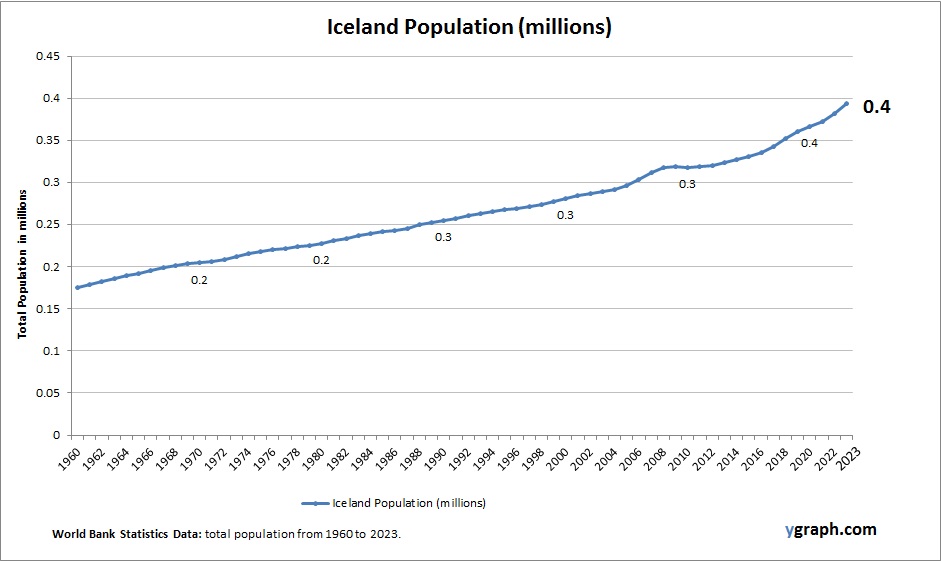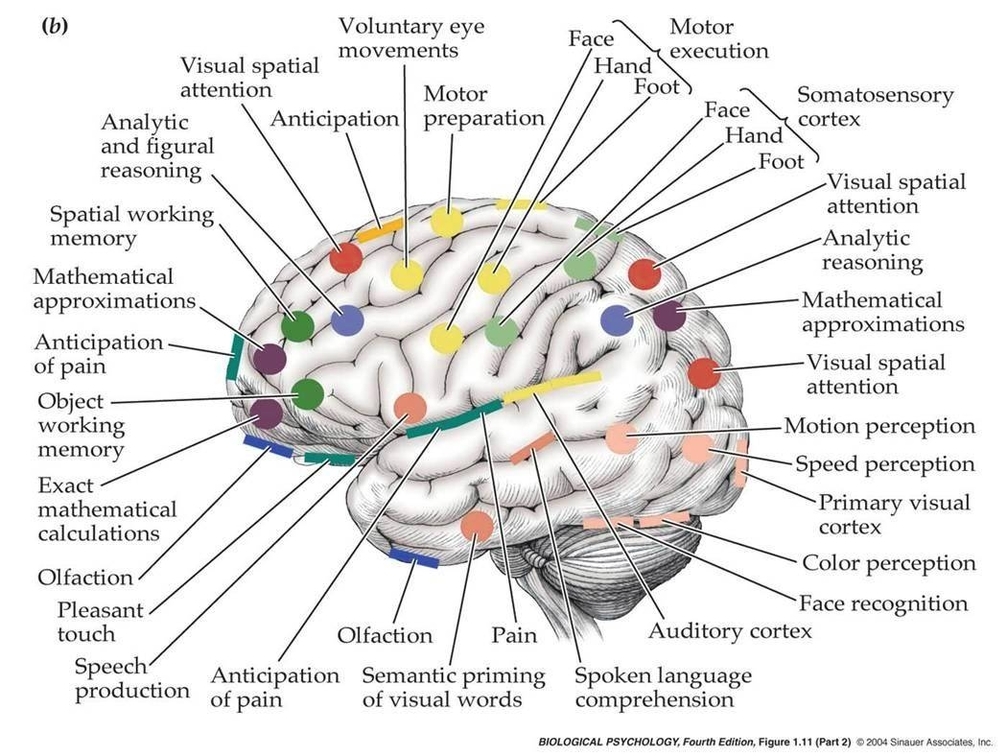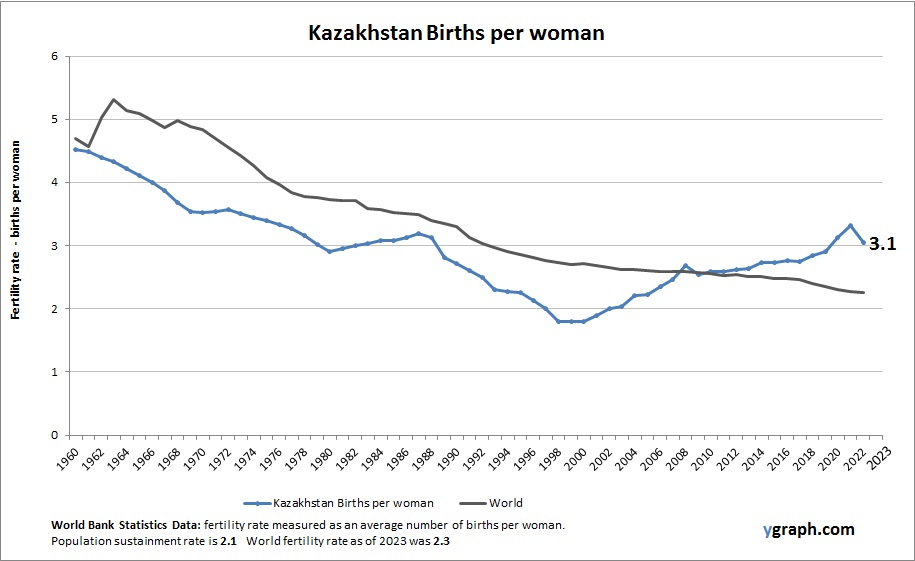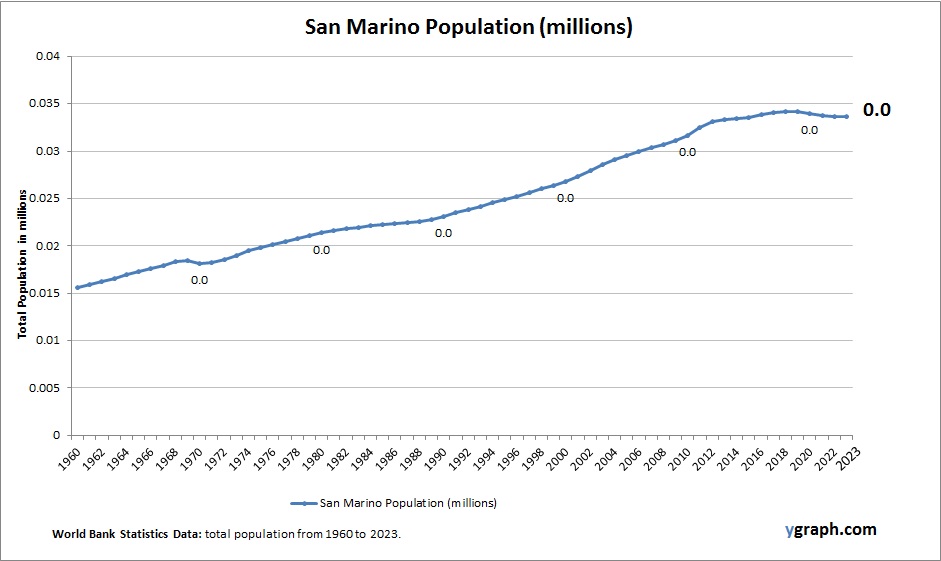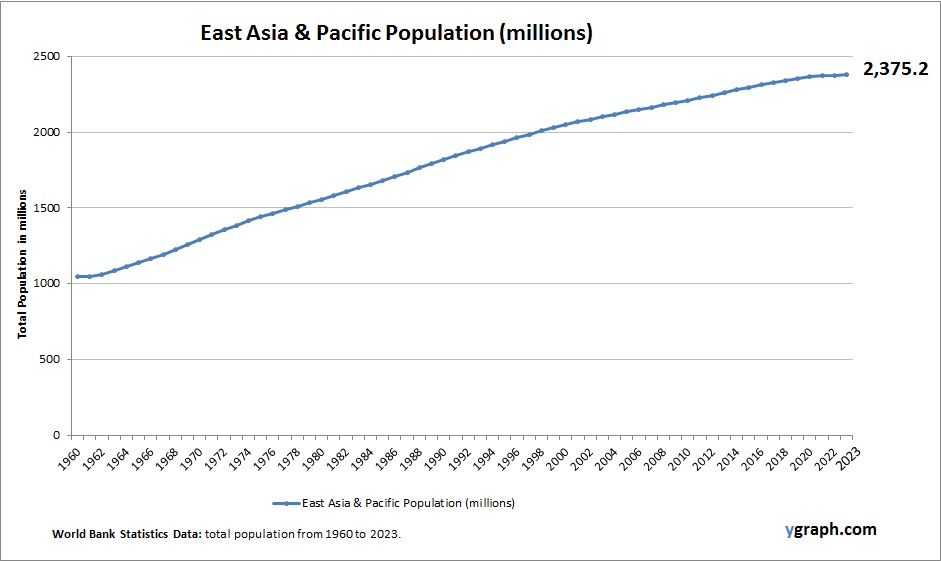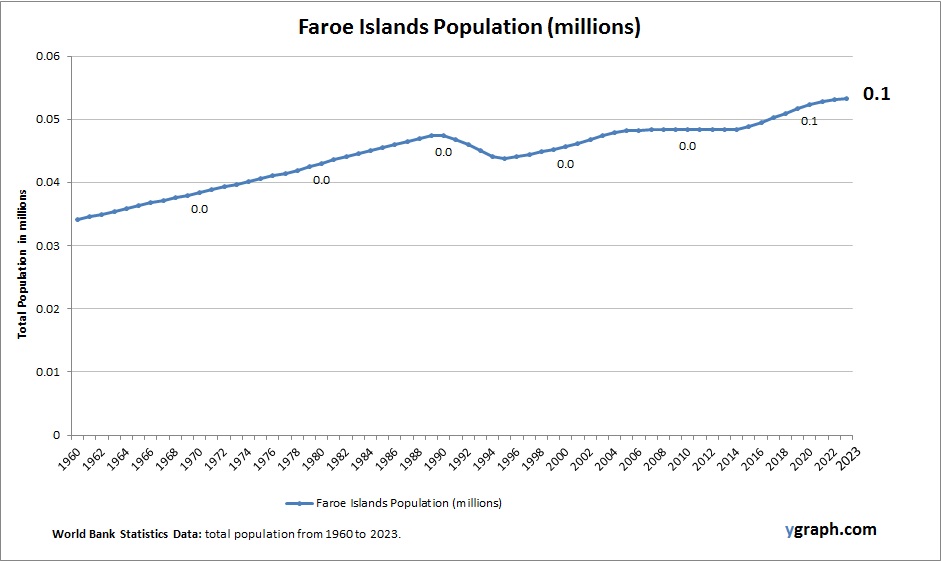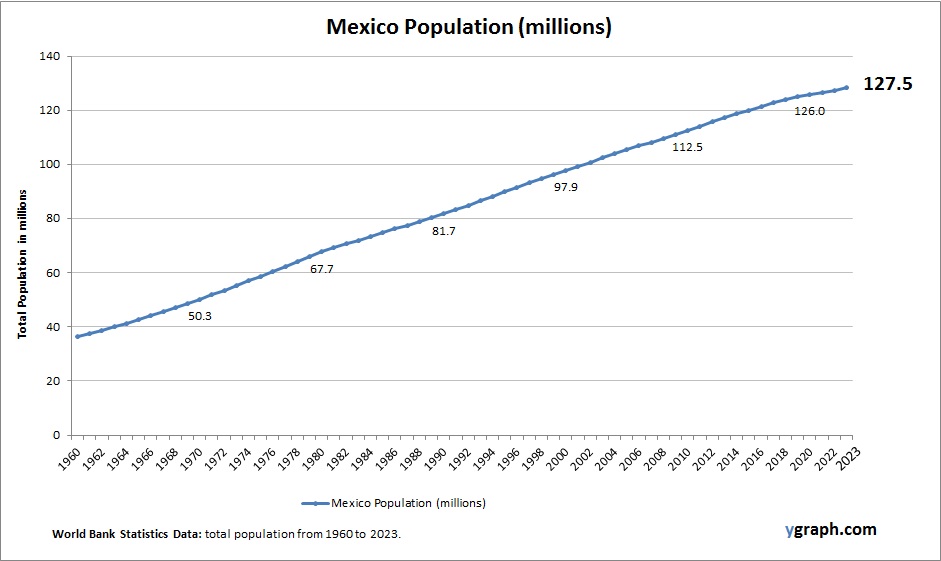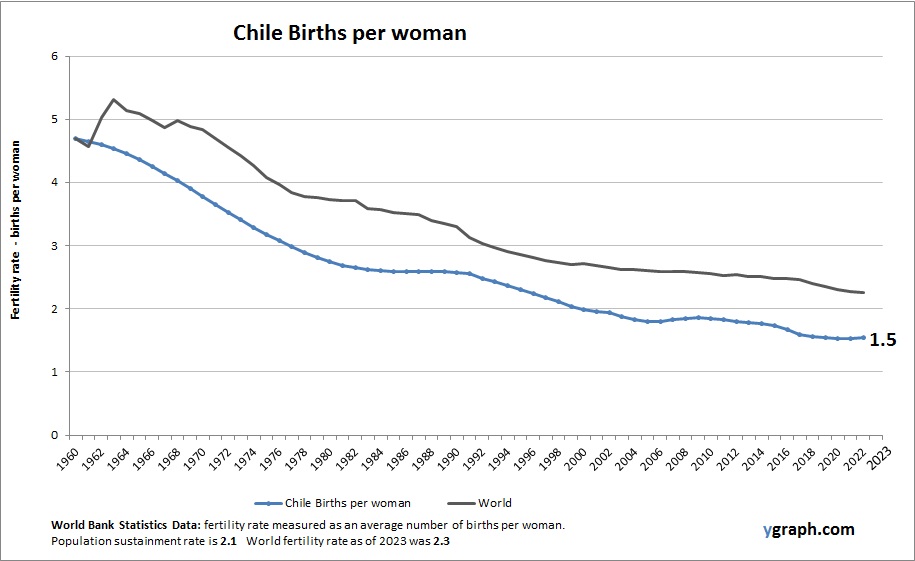The history of Christianity is a long and complex one, spanning over two millennia. It began in the first century AD in Roman Judea, with the teachings of Jesus of Nazareth, who gathered disciples and later became known as “Christians” . The earliest followers of Jesus were apocalyptic Jewish Christians, and Christianity remained a Jewish sect for centuries in some locations, diverging gradually from Judaism over doctrinal, social, and historical differences .
In spite of occasional persecution in the Roman Empire, the religious movement spread as a grassroots movement that became established by the third century both in and outside the empire . The Roman Emperor Constantine I became the first Christian emperor in 313, issuing the Edict of Milan expressing tolerance for all religions and thereby legalizing Christian worship .
Various Christological debates about the human and divine nature of Jesus occupied the Christian Church for three centuries, and seven ecumenical councils were called to resolve them . Christianity played a prominent role in the development of Western civilization in Europe after the Fall of Rome. In the Early Middle Ages, missionary activities spread Christianity towards the west and the north. During the High Middle Ages, Eastern and Western Christianity grew apart, leading to the EastWest Schism of 1054 .
Growing criticism of the Roman Catholic church and its corruption in the Late Middle Ages led to the Protestant Reformation and its related reform movements, which concluded with the European wars of religion, the return of tolerance as a theological and political option, and the Age of Enlightenment .
In the twenty-first century, traditional Christianity has declined in the West, while new forms have developed and expanded throughout the world. Today, there are more than two billion Christians worldwide, and Christianity has become the world’s largest and most widespread religion .
This is a brief overview of the history of Christianity. If you would like to learn more about specific events or figures that shaped the faith and church,
